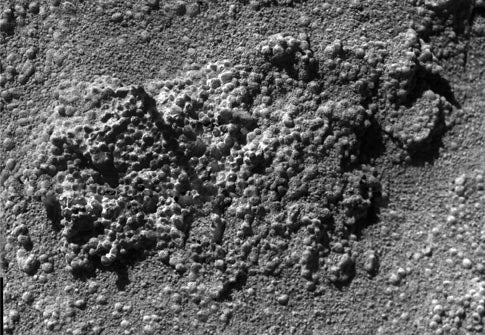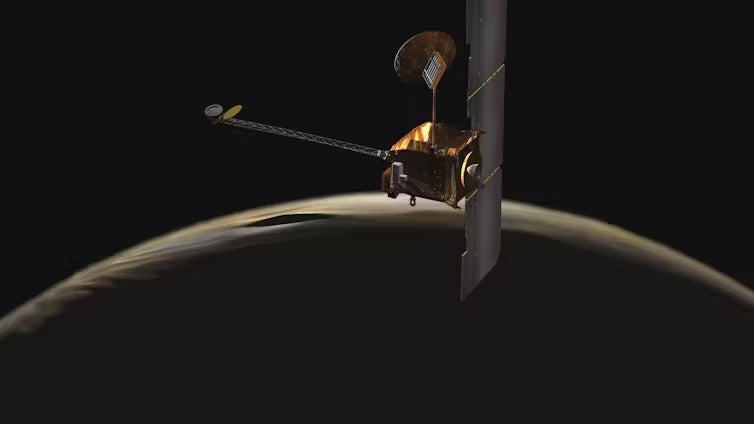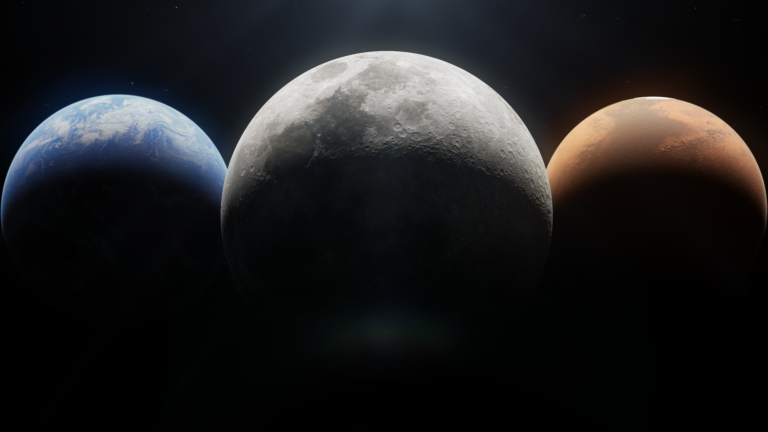The twin Mars rovers Spirit and Opportunity have delighted their proud parents at NASA’s Jet Propulsion Laboratory (JPL) all through their wonderful ones, terrific twos, and thrilling threes. In January, both rovers begin their fourth year of life on Mars. And assuming the robots continue to function, 2007 may prove to be their fantastic fourth year, thanks to software updates that will make the robots a lot smarter as well as a year older.
One update enables the rovers to recognize dust devils and clouds in the martian atmosphere. “The idea is to only save those images that the flight software believes has these features,” explains Khaled S. Ali, who supervised the creation of the new software.
Previously, scientists had to sort through raw images beamed back from Mars to search for dust devils and clouds. Significant portions of the images contained no such features, and sending them home wasted priceless communication time — time that could be better spent doing other research.
Another software update confers a skill called “visual target tracking.” With visual target tracking, a rover can continuously recognize and navigate toward a target of interest — say, a boulder. “This allows us to do approaches to targets much more accurately,” Ali says.
Combined with semi-automated operation of the rovers’ instrument-equipped arms, the new visual-target-tracking feature allows Spirit and Opportunity to “go and touch,” much like inquisitive human 4-year-olds. If the software works as designed, the rovers will be able to independently maneuver to targets and probe them with instruments. Previously, it could take as many as 3 martian days for human operators to manually navigate to targets and probe them. Now, the rovers themselves should be able to accomplish this task in a single martian day.
Finally, the brain-boosted rovers will be better at avoiding potential hazards and escaping navigational dead-ends. Until the software improvements, hazard management by the rovers was akin to trial and error; now, they will be able to think more strategically, a few moves ahead, like a chess player.










